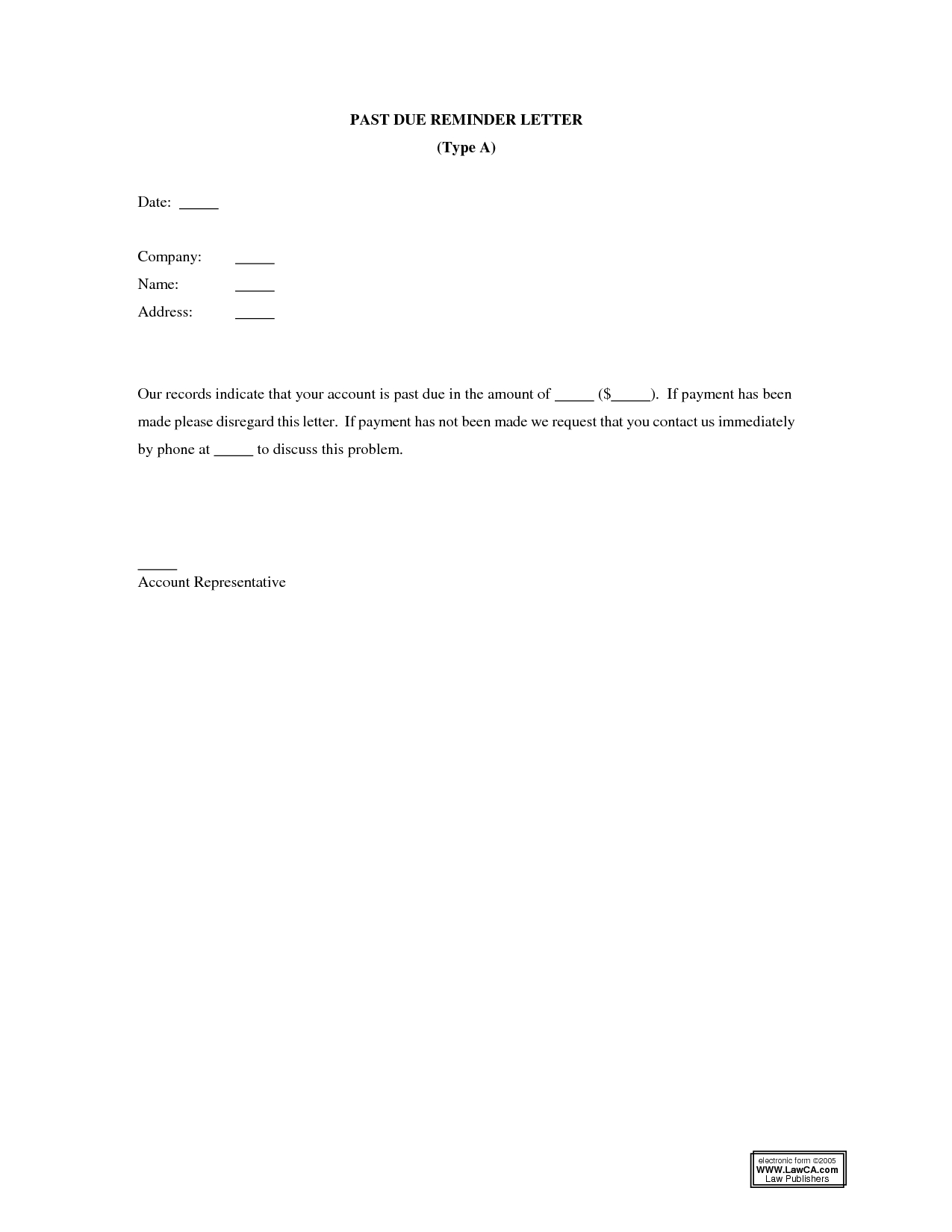
In many respects, this Cash account resembles the “register” one might keep for a wallet-style checkbook. By examining the account, one can see the various transactions that caused increases and decreases to the $50,000 beginning- of-month cash balance.

The following example reveals that cash has a balance of $63,000 as of January 12. Thus, one could thumb through the notebook to see the “ins” and “outs” of every account, as well as existing balances.
DUE TO DUE FROM ACCOUNTING MANUAL
In a manual processing system, imagine the general ledger as nothing more than a notebook, with a separate page for every account. All accounts, collectively, are said to comprise a firm’s general ledger. In other words, a business would maintain an account for cash, another account for inventory, and so forth for every other financial statement element. The records that are kept for the individual asset, liability, equity, revenue, expense, and dividend components are known as accounts. This chapter will provide insight into these tools and the general structure of a typical accounting system.

Whether this system is manual or automated, the heart of the system will contain the basic processing tools: accounts, debits and credits, journals, and the general ledger. In general terms, an accounting system is a system where transactions and events are reliably processed and summarized into useful financial statements and reports. In other words, some transaction logging process must be in place. The system must be sufficient to fuel the preparation of the financial statements, and be capable of maintaining retrievable documentation for each and every transaction. It is imperative that a business develop a reliable accounting system to capture and summarize its voluminous transaction data. Even if the business could manage to figure out what its financial statements were supposed to contain, it probably could not systematically describe the transactions that produced those results. As transactions occurred, they would be communicated to the department and the marker board would be updated. Imagine if a real business tried to keep up with its affairs this way! Perhaps a giant marker board could be set up in the accounting department.
/GettyImages-1180036657-8bd35674a36b46c78f9fad7d30fb64e0.jpg)
“Before” and “after” examples were used to develop the illustrations. The previous chapter showed how transactions caused financial statement amounts to change.

Chapter 17: Introduction to Managerial Accounting.Chapter 16: Financial Analysis and the Statement of Cash Flows.Chapter 15: Financial Reporting and Concepts.Chapter 14: Corporate Equity Accounting.Chapter 12: Current Liabilities and Employer Obligations.Chapter 11: Advanced PP&E Issues/Natural Resources/Intangibles.Chapter 10: Property, Plant, & Equipment.Chapter 6: Cash and Highly-Liquid Investments.Chapter 5: Special Issues for Merchants.Chapter 1: Welcome to the World of Accounting.


 0 kommentar(er)
0 kommentar(er)
